
AHA Festival of Progressive Arts: New Values for the Times
Befitting a “progressive” festival in recession times, or some might even say, collapse times, prices in the art booths ranged from low to free, but energy levels were high at After Hours Alliance Festival in Santa Fe’s Railyard last weekend. Conversation and participation of all sorts flourished. Undoubtedly everyone there was appreciative of this one day chance to see and hear fewer commercial voices in Santa Fe. Progress in this era may look more like degrowth, reminiscent of former, supposedly simpler times with the return of the chicken, the bicycle, the gift…. My friend described the range of work on view as “hippie to hipster” but these once-upon-a-time antagonistic positions have melded. In relation to the titular myth of progress in the arts, one might distinguish three significant approaches: one of reversal/denial, one of stasis, one positive.
Models of carnival and childhood both provide a natural strategy of subversion for an art festival, celebrating what is suppressed in the day-to-day social order, bringing forth the grotesque body and generally everything lowdown. The overall populist carnival atmosphere of this fair was inadvertently assisted by a soft rain of feathery down traveling on subtle currents to every corner of the partitioned structure, which confused vision. Never mind that the source was a goofy performance involving the hatching of a “leotarded” masked mime. This nod to carnival was echoed in a booth of pure white-balloon aggregations that gestured halfheartedly toward minimalist structures. Why wasn’t there a Flavin or a Sandback of balloons? Ann Fulayter’s “Incredibly strange mixed-up creatures from another planet” evoked the fun fair mood and only lacked a shooting gallery to compete for the Frankensteined stuffed animals suspended on strings. The “Fiction Factory” booth, including the work of Sandra Wang and Crockett Bodelson, aimed for a soft revolution, turning “work into play” with folksy wooden robots, paper rabbits, and adobe donuts in an oversized board game setting, presided over by a factory facade with monitor and cotton smoke. Luke Dorman‘s satirical and amusing booth was like a 3-d black and white line drawing of a shop sale. Elusive products that no money can buy, like Good Karma, God-given Talent, Clean Conscience, Holy Holy, Financial Ruin, Desire Family Size, Big Fat Nothing, and Extreme Apathy lined the shelves. Memories of Oldenburg might have been in there somewhere.
As for strategies of stasis gone medieval, the meticulous metal inspired drawings of Todd Ryan White in Sculpey frames pushed the level of crafty obsession in a well defined genre. Bearded wizards, exploding eyeballs, serpents, flames, craggy rocks to no end. Nora Jane Slade’s slightly derelict installation, “Spangled,” proved that formal invention and sensitivity are not incompatible with wistful abjection. The artist was smart to strip the white paper off the walls, uncovering a history which she used to her advantage in creating a squatter’s poetics. An artistic legacy including Paul Thek and Mike Kelley was called upon to elaborate her own way through the cul-de-sac situation.
A positive, resolutely democratic approach to the question of progress was visible in several booths influenced by the current trend of social practice, coming out of Beuys’ “everyone is an artist” and the “total artwork is the future social order” idea. Sydney Cooper‘s “We the People” relies completely on audience participation for a self-portrait project that will have a strong web aspect. Alysha Shaw invited anyone to address the art world by writing a note that she will send, or attempt to send, to the particular addressee. Interestingly, her project based on personal participation will also find its catalogued form via the internet. Another festival participant engaged in collective action, Kaleidospoke, claims to promote “the love of bicycling through art and film.”
These are just small slices of the visual offerings in the fair, regrettably omitting the efforts of musicians and performers who were key players in the event. A older, wiser artist, Richard Jackson, once told a group of students that the most important thing they would get out of art school would not come from the teacher or the institution, but from their mutual ongoing friendships. Stimulating, maybe even contentious relationships of peers are the base for most intense art production, with markets and critics coming late, if at all. The AHA festival seemed to address this fundamental desire for a self-sustaining artistic community that is not already separated by the gallery system with its emphasis on individual careers.





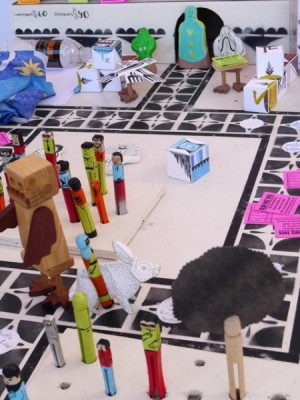
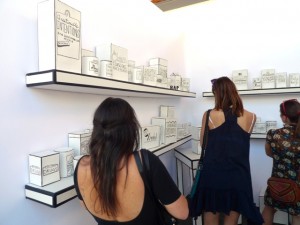
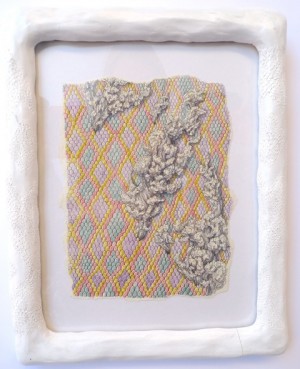

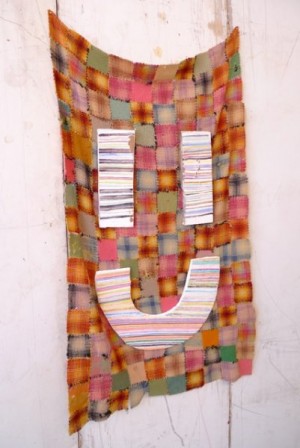
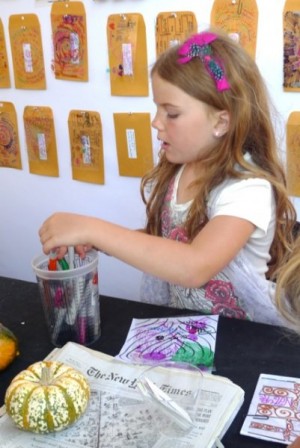
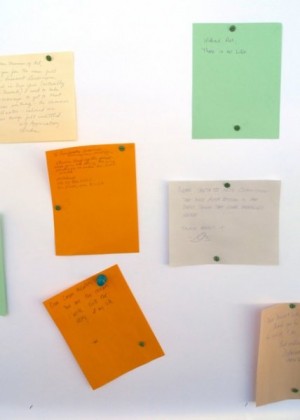
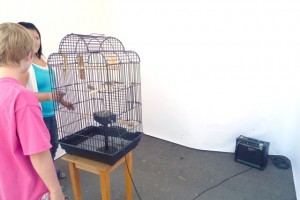

Love Hannah’s writing. Smart and so readable.
Great addition to the wonderful Adobe Airstream.
Trackbacks for this post